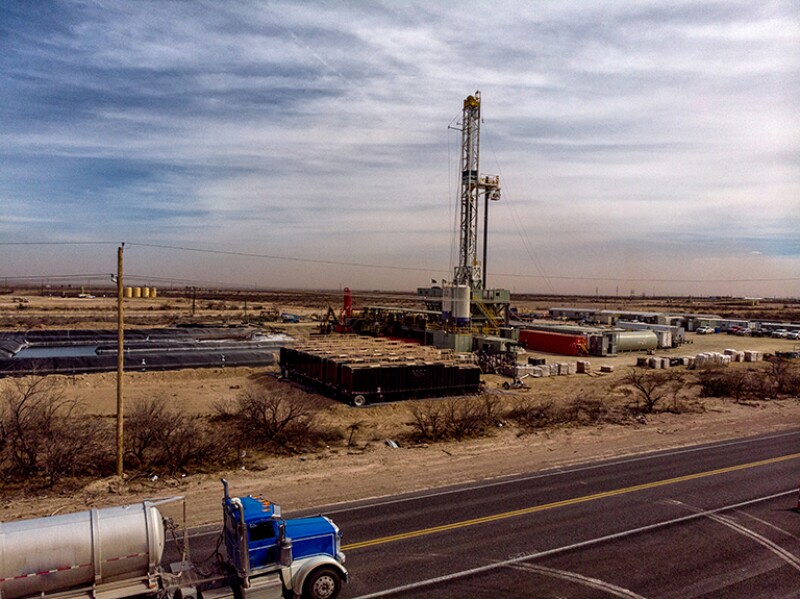Two years-plus into a global pandemic, we all have experienced the fragility and uncertainty that dogs the global supply chain for lifestyle goods and services. Remember last year when you couldn’t find a multipack of toilet paper to save your life? Or maybe you’re currently in the market for a vehicle, so you visit your local dealership—and find that the lot that’s normally awash with shiny, new vehicles … has three. And though they carry a manufacturer’s suggested retail price of about $25,000, they are being offered for well in excess of $30,000. These supply-and-demand anomalies can be directly attributed to disruptions in the supply chain—whether it’s manufacturing woes such as parts shortages or logistical snarls with goods stacked up at ports for a lack of dockworkers or truck drivers.
These same types of supply chain challenges that affect us on a personal level can also do a number on industries. For oil and gas, the situation is unique.


